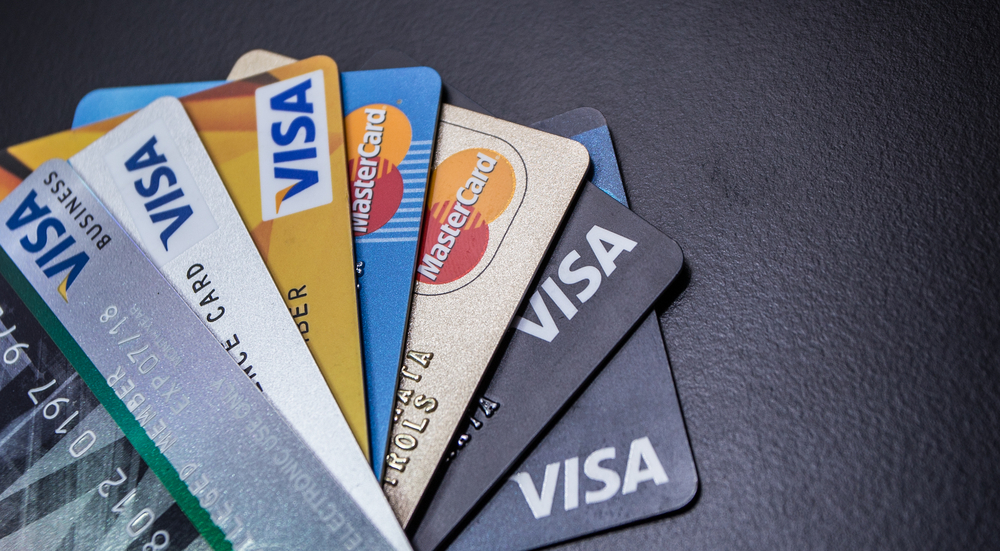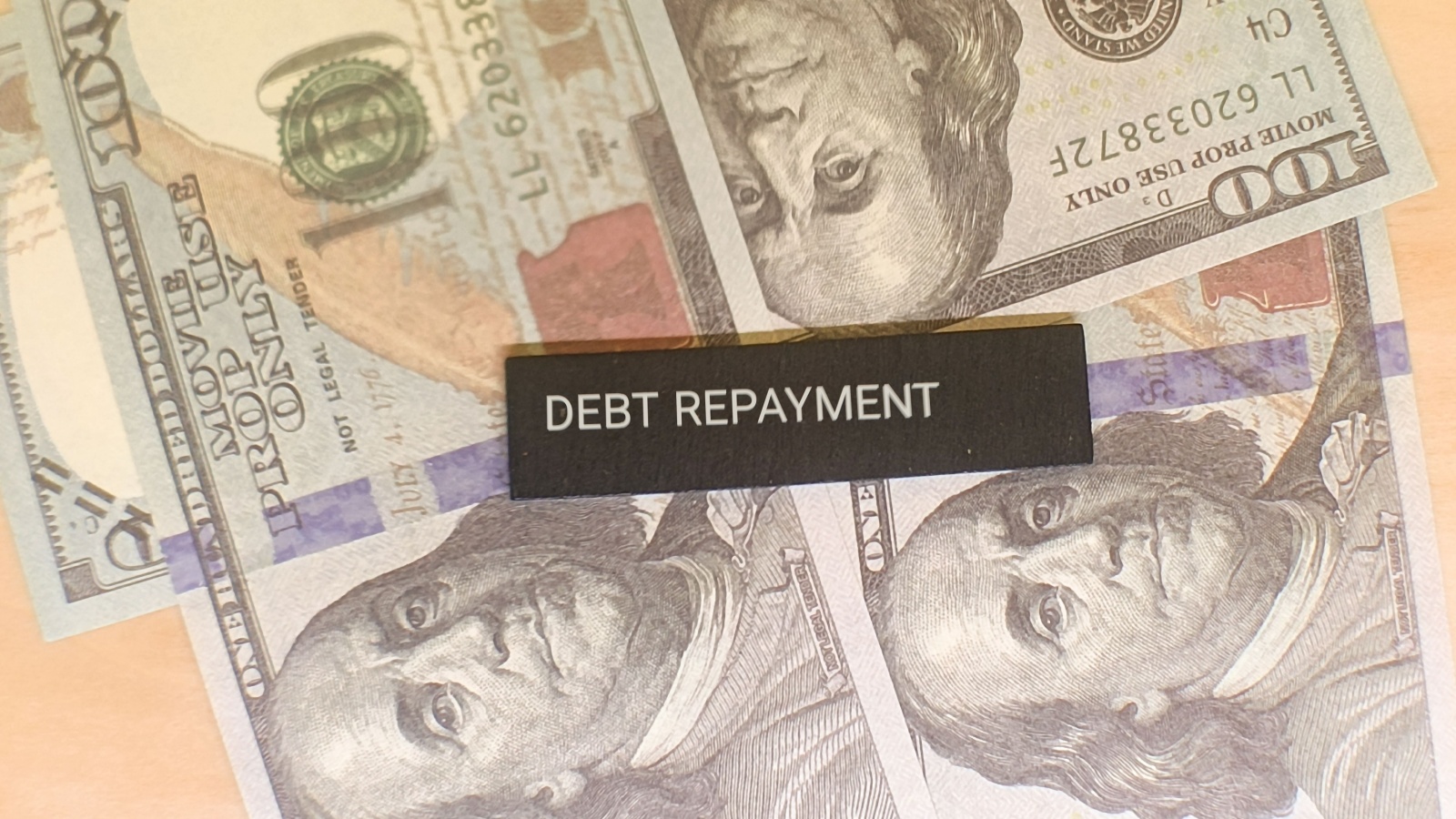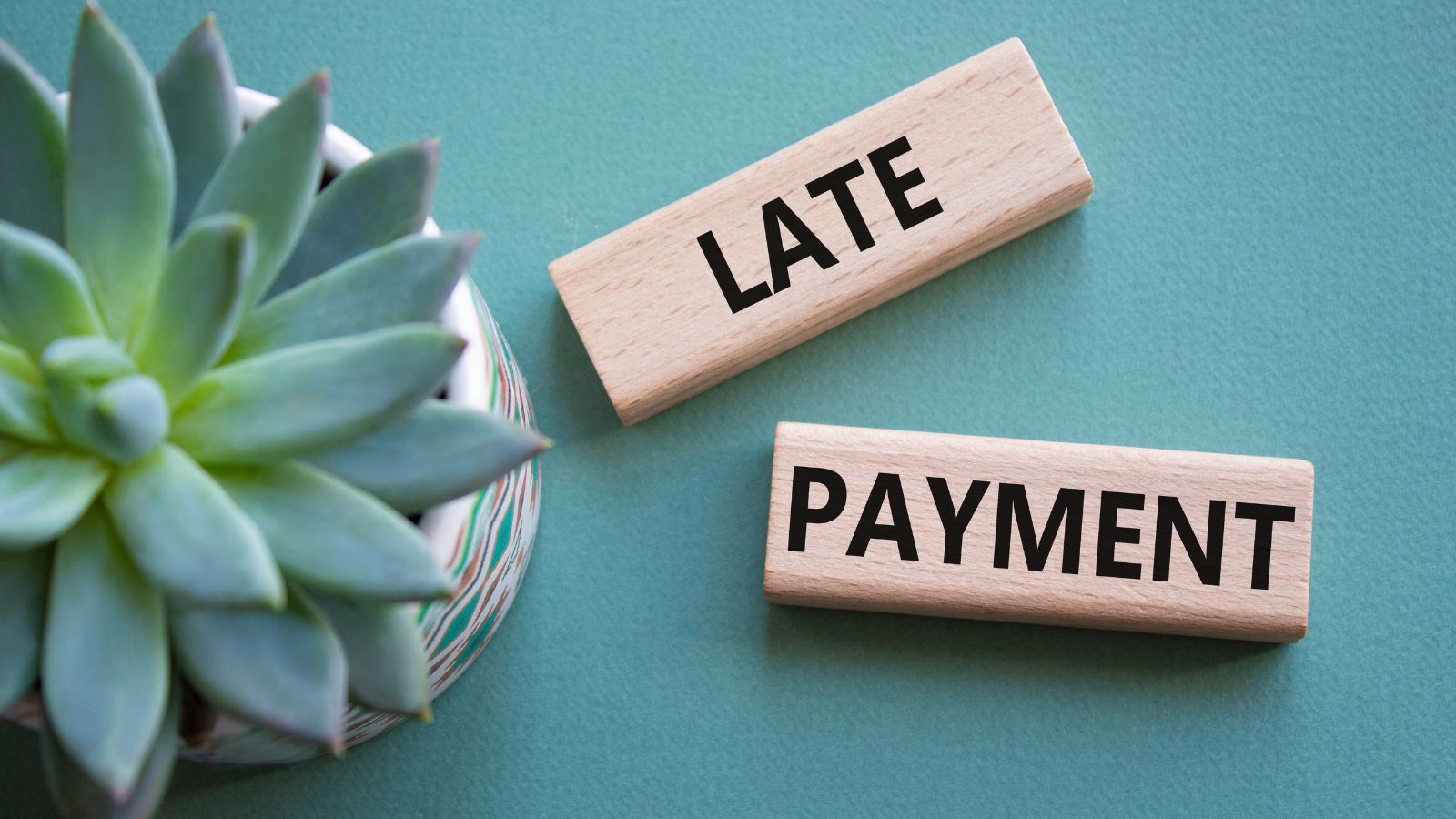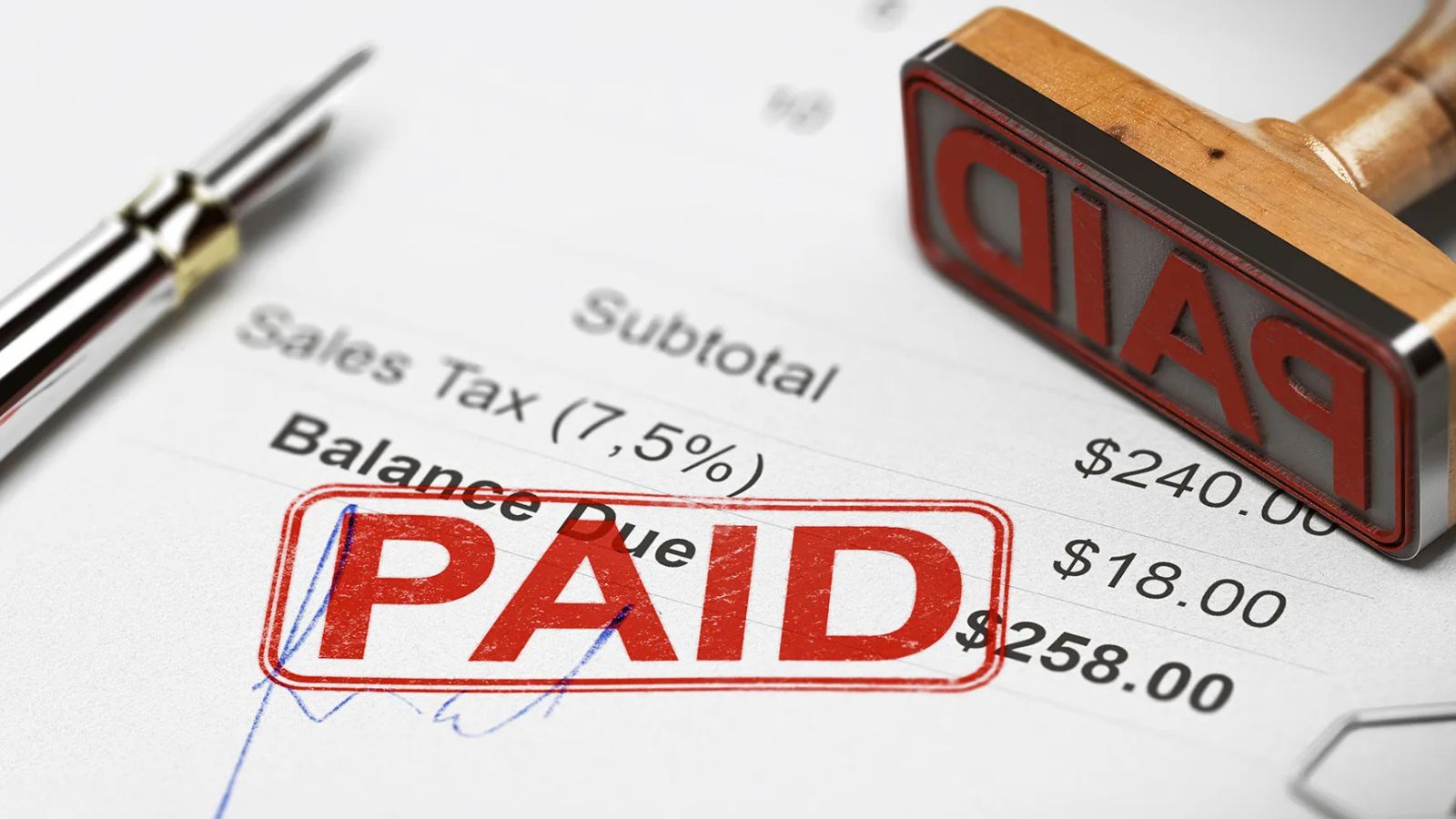Credit scores in Canada can be the silent gatekeepers to everything from rental approvals to the interest rates you’re offered on a mortgage. Unfortunately, building and protecting a strong score can feel like a puzzle wrapped in jargon. The truth is, there are tried-and-tested ways to improve your credit profile without gimmicks or risky shortcuts. Here are 22 Canadian credit hacks that actually work.
Automate Your Minimum Payments

One of the simplest yet most effective credit hacks is to set up automatic payments for at least the minimum required amount on all your credit accounts. Missing even one payment can seriously damage your score and stay on your report for up to six years. Automation ensures that deadlines are never missed due to forgetfulness or busy schedules. You can still make extra manual payments to pay off your balance faster, but automation safeguards your payment history, which is the most influential factor in credit scoring. Nearly every Canadian bank offers this service, often through its online portals.
Request a Credit Limit Increase — Strategically

A higher credit limit, when used wisely, can improve your credit utilization ratio, the percentage of your available credit you’re actually using. For example, if you carry a $1,000 balance on a $2,000 limit, your utilization is 50%. Increasing the limit to $4,000 drops it to 25% without changing your spending habits. This sends a positive signal to lenders. It’s best to request increases when you have a strong payment history and stable income, as you’re more likely to be approved without a hard credit check. Keep in mind that this strategy works only if you avoid spending more.
Space Out Credit Applications

Each time you apply for a new credit card, loan, or line of credit, a hard inquiry is added to your report. Multiple inquiries in a short timeframe can lower your score and make you appear financially overextended. By spacing applications at least six months apart, you give your score time to recover. If you’re rate shopping for a mortgage or car loan, aim to do it within a short, defined window (usually 14 to 45 days) so all inquiries count as one. This approach balances your need for new credit with the importance of protecting your score.
Keep Old Accounts Open

Your credit history length is an important scoring factor, so keeping older accounts active can work in your favor. Even if you don’t use a certain card regularly, closing it can shorten your average account age and potentially increase your utilization ratio if it lowers your total available credit. Instead, keep older accounts open by making occasional small purchases and paying them off immediately. This not only preserves your account age but also maintains a larger total credit limit, both of which can boost your score over time without requiring new credit applications.
Monitor Your Credit Reports Regularly

Checking your credit reports at least once a year from both Equifax and TransUnion helps you spot errors or outdated information that may hurt your score. You’re entitled to free reports from each bureau annually in Canada. Look for inaccuracies like accounts you don’t recognize, incorrect payment statuses, or old debts that should have been removed. Disputing errors promptly can lead to quick score improvements. Monitoring your reports also makes it easier to detect fraud early, giving you the chance to act before the damage becomes serious. Staying informed is one of the most proactive credit protection strategies.
Reduce Credit Utilization Below 30%

Keeping your credit utilization under 30% of your total available credit is one of the fastest ways to improve your score. If you have a combined credit limit of $10,000, aim to keep balances under $3,000 at any given time. The lower your utilization, the better. Some experts recommend staying under 10% for optimal results. One way to achieve this is by making payments before your statement closing date, which reduces the amount reported to the credit bureaus.
Leverage a Low-Interest Line of Credit

If you’re carrying high-interest credit card debt, transferring it to a lower-interest personal line of credit can save you money and help you pay it down faster. Canadian banks often offer unsecured lines of credit with rates much lower than typical credit cards. This not only reduces interest costs but also makes repayment more manageable, lowering your risk of missed payments. The key is to avoid racking up new charges on your original cards while you’re paying off the transferred balance. Also, discipline is crucial to ensure the debt reduction strategy improves both your finances and your credit score.
Use Rent Payments to Build Credit

Most landlords don’t automatically report rent payments to credit bureaus in Canada, but services like FrontLobby or RentTrack can bridge that gap. By having your on-time rent payments reported, you can add positive payment history to your credit profile without taking on additional debt. This is especially useful for renters who don’t yet have credit cards or loans in their name. It also offers a way for younger Canadians to start building credit earlier, making future loan or mortgage applications stronger. Consistency matters; only on-time payments help, so set reminders or automate rent transfers when possible.
Consolidate Debt for Easier Management

Managing multiple debts with varying interest rates and payment schedules can be overwhelming and lead to missed payments. Consolidating those debts into a single loan with a lower interest rate simplifies repayment and often reduces the total interest paid. In Canada, consolidation loans can be obtained through banks, credit unions, or specialized lenders. This approach also makes budgeting easier, as you only have one payment to track each month. By preventing late payments and keeping balances predictable, consolidation improves your financial stability and supports the positive payment history your credit score relies on.
Pay Twice a Month

Making two smaller payments each month instead of one large payment can help keep your credit utilization consistently low. Since utilization is calculated based on the balance at the time your statement closes, paying midway through your billing cycle reduces the amount reported to the credit bureaus. This can result in faster improvements to your score, especially if you tend to carry higher balances. Additionally, paying more frequently can reduce the interest that accrues on your account and help with budgeting, as it spreads out your debt repayment over the month rather than concentrating it at one time.
Dispute Outdated Negative Marks

Negative items such as late payments, charge-offs, or collections remain on Canadian credit reports for a set period, usually six to seven years from the date of the original delinquency. Once that time has passed, they should automatically disappear, but mistakes happen. If you find an outdated mark still listed, file a dispute with the credit bureau that’s reporting it. Provide proof of the original date and request removal. Clearing these inaccuracies can lead to immediate score improvements, especially if your recent history is clean. Also, staying on top of old records ensures your score reflects your current financial reliability.
Diversify Your Credit Mix

Credit scoring models in Canada reward borrowers who can manage a variety of credit types responsibly. This means having both revolving credit, like credit cards, and installment loans, such as auto loans or mortgages. If your credit file contains only one type, consider adding another to strengthen your profile. For example, someone with only credit cards might benefit from a small personal loan with on-time repayments. The goal isn’t to take on unnecessary debt, but to demonstrate the ability to manage different payment structures.
Negotiate with Creditors

If you’re facing financial challenges and risk missing a payment, contact your creditor before it happens. Many Canadian lenders are open to adjusting payment schedules, lowering interest rates, or offering temporary payment deferrals without reporting negatively to the credit bureaus. Being proactive shows responsibility and can protect your payment history, which makes up a large portion of your score. It’s essential to get any agreed-upon changes in writing so you have proof if a dispute arises later. This kind of communication can mean the difference between temporary hardship and long-term damage to your credit profile.
Time Your Credit Pulls Carefully

Applying for new credit when your utilization is high or right after making large purchases can hurt your approval chances. Before applying for a major loan, such as a mortgage, pay down as much debt as possible to keep your reported utilization low. This gives lenders a more favourable snapshot of your financial standing. If you’re expecting a hard inquiry for a big loan, avoid smaller credit applications in the months leading up to it. Timing applications around your cleanest possible report can secure better interest rates and more generous credit offers from Canadian lenders.
Add a Secondary Cardholder

If you have a long-standing account with a solid repayment history, adding a trusted family member as an authorized user can help them build their credit and keep your account more active. The card’s payment history will often appear on their credit report, giving them a head start. This works best when the authorized user is responsible, as their spending affects your account balance and utilization. You remain legally responsible for all charges. To protect your credit, set spending limits or monitor the account closely.
Consider a Secured Credit Card for Rebuilding

If your credit score is low or you have little credit history, a secured credit card is a practical way to rebuild. You provide a deposit, which usually becomes your credit limit. Use the card for small, manageable purchases and pay the balance in full each month. Over time, your responsible usage is reported to the credit bureaus, helping improve your score. Once you’ve built a track record, you can often upgrade to an unsecured card with better rewards and lower fees. Plus, secured cards are widely available in Canada and offer a low-risk entry point into credit building.
Avoid Co-Signing Unless Absolutely Necessary

Co-signing a loan for someone else makes you equally responsible for the debt, and any missed or late payments will appear on your credit report. Even with a trusted friend or family member, you’re taking on a risk that’s outside your control. If the borrower defaults, you’ll be expected to make the payments, and collection activity can harm your score. If you co-sign, ensure you have access to account statements to monitor repayment status. Only agree if you can cover the payments yourself without jeopardizing your own finances in case things go wrong.
Request Goodwill Adjustments

If you’ve maintained a good relationship with a lender but have a single late payment on your record, you can ask for a goodwill adjustment. This is when the lender contacts the credit bureau to request removal of the negative mark as a one-time courtesy. It’s more likely to work if you have a consistent history of on-time payments and a clear explanation for the slip-up. While not guaranteed, many Canadian lenders are willing to make these adjustments to retain loyal customers. Always make the request in writing and keep records of any correspondence for your files.
Set Alerts for Due Dates

Using banking app notifications, email reminders, or calendar alerts can prevent missed payments, one of the most common causes of score drops. Alerts are beneficial for accounts you don’t use regularly, which can be easy to forget until the due date passes. Most Canadian banks and credit card issuers offer customizable alert systems that notify you days before a payment is due. Combining alerts with automation creates a strong safety net. This small habit ensures your payment history, the single largest credit scoring factor, stays intact and continues to work in your favour.
Limit Hard Inquiries Before Major Loans

In the months before applying for a mortgage or large car loan, avoid opening new credit accounts. Too many recent hard inquiries can lower your score and make you appear riskier to lenders. Even if your score is otherwise strong, these inquiries can influence approval decisions and the interest rates you’re offered. Plan by focusing on maintaining low utilization, consistent payments, and account stability in the lead-up to your application. This strategy helps ensure that when lenders review your file, they see a clean, well-managed credit profile with no signs of recent overextension.
Pay Off Collections

While paying off a collection account doesn’t instantly remove it from your credit report, it does change its status to “paid,” which is viewed more favourably by lenders. Some creditors or collection agencies may agree to remove the entry entirely if you pay in full; this is known as a “pay-for-delete” arrangement. Always get such agreements in writing before sending payment. Even if the account remains, resolving collections improves your debt-to-income ratio and shows future lenders that you take responsibility for your obligations. In Canada, a paid collection is significantly better than an unpaid one.
Use Credit for Planned Purchases Only

Treating credit cards as a tool rather than an emergency lifeline is key to maintaining control. Use them for expenses you’ve already budgeted for, like groceries or utility bills, and pay them off in full before interest applies. This builds a solid payment history without increasing your debt load. Charging impulsive, unplanned purchases can quickly lead to balances you can’t comfortably repay. Over time, disciplined, intentional credit use demonstrates reliability to lenders and keeps your utilization low, which both contribute to a stronger credit score.
21 Products Canadians Should Stockpile Before Tariffs Hit

If trade tensions escalate between Canada and the U.S., everyday essentials can suddenly disappear or skyrocket in price. Products like pantry basics and tech must-haves that depend on are deeply tied to cross-border supply chains and are likely to face various kinds of disruptions
21 Products Canadians Should Stockpile Before Tariffs Hit
